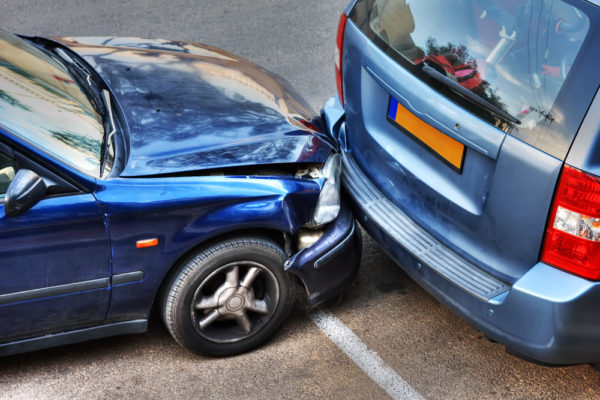There are several ways to minimize the costs of car ownership. Do your own repairs, drive an older car, haggle the sale price, gas-saving tips… the list goes on and on. One thing you can’t do without is car insurance. While it may be required (and rightfully so), that doesn’t mean you can’t find ways to minimize your car insurance costs. This can help you stay on budget.
Conventional wisdom says that the longer you can make your car last, the more money you can save. But it’s not just that you’re saving money by not purchasing something new with a big payment or loan (although, that’s the bulk of it). You can also save money by altering your insurance deductible (see the definition below). Many consumers need every extra penny they can save to put toward things like bills, savings, or debt management.
Let’s break it down with some important car insurance terms and definitions…
Premium – The amount that you pay for your insurance coverage. Can be paid monthly, quarterly, or annually. Shop around and find the insurance company with the best price for you. With internet-based companies, it’s easier and faster than ever.
Deductible – This is the portion that you are responsible to pay after any given accident/loss before the insurance kicks in. You have a choice on this amount. Opting for coverage with a higher deductible allows you to pay a lower premium for insurance. This can save you money if you’re lucky and do not have any accidents or losses. However, if you do, then you are on the hook to pay for a high amount of the repairs before the insurance will pay the rest.
Pros and Cons: Having a low deductible will cost you more in premium payments, but will pay off in the event of an accident. A high deductible will cost you less money now, but you run the risk of paying more for repairs out of pocket if you have an accident.
Collision Coverage – This coverage will pay for any damages to your own vehicle if involved in an accident with another car or object. If your car is older, has a low value, and may not last much longer, then the cost of a major repair may exceed the value of the car. In that case, it may not be worth it to pay for a high premium for a low deductible. You could keep that money in your pocket and put it towards saving for your next car.
Liability Coverage – Having this coverage means that your insurer will pay for any damage that your car causes to another person’s car or property. Regardless of your car’s value, this is important coverage to have. There is no deductible for liability coverage.
Comprehensive Coverage – This covers any damage to your vehicle that wasn’t caused by a collision, but things like falling objects, fire, animals, theft, and vandalism. Again, this coverage can be relative to your car’s value.
Other coverage may or may not be necessary based on your personal needs. Extras like rental reimbursement, towing, roadside assistance, etc. Make these decisions based on your situation. Maybe you have another car in the family, have AAA coverage, or could get by with public transportation temporarily.
The more areas you can find to spend less, the more money you can save, put towards other bills, or put towards paying off credit card debt.
If you’re struggling to pay off debt, ACCC can help. Schedule a free credit counseling session with us today.






